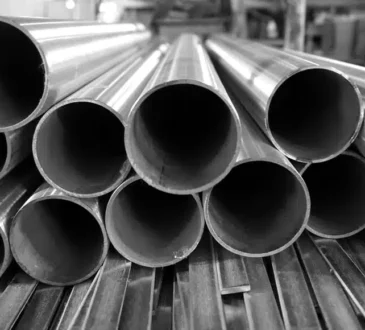
LED grow lights have been on the market for some time. It is a technology that promised from the beginning; however, for years the cannabis industry did not seem to be very convinced of it. Then, as the technology and its understanding have advanced, it has also been accepted within this community. In this article, I hope to enlighten you about LED grow lights, without getting too technical, while answering the question: are just2grow.com the future of the cannabis industry?
The beginnings!
The LED light industry for cultivation, from the beginning, it offered attractive promises such as “the instantaneous ability to save substantial amounts in electricity consumption”; either from the source (the lighting unit itself) or through additional savings caused by things like “not having to turn on the air conditioning to keep heat levels under control.” Today these are statements to the detriment of growing with HPS and I simply bring it up because it is the main light source that LEDs are constantly being compared to. This easily brings us to the issue of security. LED lamps have always had the simple advantage of not having to operate in such extremely high temperatures as HPS. This gives LED clear advantages from a fire safety point of view which has caused many growers to quickly decide to switch to LED lights. However, at first some of these claims seemed to lose ground as many early grow LEDs received complaints and opinions detailing some lack of light penetration or poor coverage. In some cases, even the promised heat reductions did not take place, with only a slight drop in ambient temperature experienced, if there was any.
How Things Have Changed?
Diode manufacturers
The industry has changed dramatically in the last two years and some of the major diode manufacturers have realized the potential of this market. This has led to detailed research in search of more specific and reliable diodes, suitable for horticultural use. Quality levels in production processes have also increased, achieving longer-lasting diodes that suffer fewer drops; Regarding the output current, a longer life of the lamps has also been achieved.
Lamp manufacturers
LED grow light companies have sprung up all over the place trying to do business in this very lucrative new market. This has resulted in a vast and quite diverse world of lighting options, undoubtedly giving farmers a lot to think about before making a purchase. More choice means more competition between brands. This, in turn, has led to several important trends in recent years. One such trend has been the move away from low-end diodes with their inaccurate colour spectra. As in the beginning, you may have even found the same type of diode in your car’s brake light as in your grow lamp! In addition, although at the beginning, a large part of the materials in the markets came from China, now many lamp manufacturers have looked to other, more local sources for their components, be it the housings, conductors, or the diodes themselves. For example, American Cree diodes or even Osram diodes produced in Germany are now widely used by the public.
General Use in Agriculture
LEDs have already started to be used on a large scale in certain areas of commercial agriculture. Namely markets such as floriculture / flower growing. This will continue to be the case as farmers are aware of the potential savings in operating costs once an LED installation is implemented and commissioned.
Why is the very composition of LED technology so promising?
LED (Light Emitting Diode) technology in its most basic form is an extremely versatile platform. Whether we are talking about COB (Chip on board) or SMD (Surface mounted Device) technology, they both share the same basic composition based on the use of smaller individual diodes to create a light bank. This provides a level of versatility difficult to match by other lighting technologies. Simply put, changing the percentage / ratio of any of the colour diodes used would affect the light output / hue spectrum of the lamp. This, of course, means that the output of the LED lamps can be directed to a specific range, leading to a much higher light efficiency.




